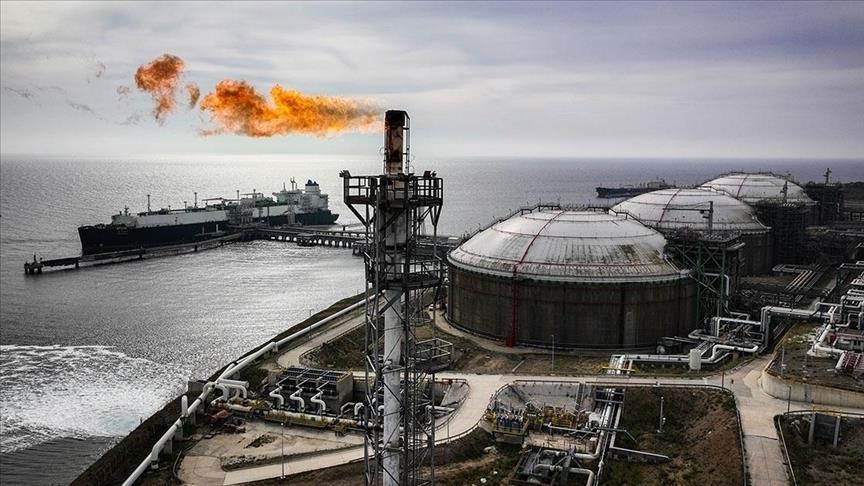Global LNG exports reached 411.5 million tons in 2024, a 1.6% increase from the previous year, reflecting slow growth due to fewer new projects, limited production capacity, and the impact of Western sanctions, according to the latest report from Organization of Arab Petroleum Exporting Countries (OAPEC).
LNG market recorded its slowest growth since 2020, according to OAPEC’s LNG Market Report.
The limited growth in 2024 was attributed to less-than-expected new commercial production projects coming online, constrained existing production capacity, and Western sanctions on Russia’s Arctic 2 LNG facility.
Delays and postponements in several planned projects, along with extreme summer heat in exporting countries, which bolstered local energy demand, further strained global LNG supply.
– US remains as leading LNG exporter
Australia, Qatar, Russia, Malaysia, and the US accounted for 75% of global LNG exports in 2024.
The US retained its position as top LNG exporter, boosting exports by 1.6% to 88.9 million tons, followed by Australia with 79.6 million tons and Qatar with 79.2 million tons.
Russia also increased its LNG exports by 6.8% to 33.3 million tons, while Malaysia saw a 3.7% increase, reaching 27.8 million tons.
Other countries, including Australia, Qatar, Cameroon, Mozambique, Indonesia, Norway, and the UAE, also increased their export volumes during the same period.
– LNG demand rises in Asia, declines in Europe
Global LNG imports grew by 1.6% to 412.8 million tons in 2024.
The report underscores the shifting dynamics in global LNG markets, with Asia emerging as a key driver of demand amid Europe’s reduced reliance on LNG imports.
Demand in Europe declined, while it surged in Asia due to hot weather conditions and increased industrial activity in China and India.
Total LNG imports in Asia rose by 8.4% to 284.4 million tons. China, the world’s largest LNG market, increased its import capacity by 6.5% to 76.5 million tons.
While South Korea’s LNG imports grew by 5.4% to 47.7 million tons, Japan’s imports fell by 0.6% to 65.7 million tons.
In contrast, Europe’s LNG imports dropped by 18.1% to 100.9 million tons, marking the first decline since the Russia-Ukraine war began in 2022.
The decrease was driven by high gas storage levels and increased pipeline imports from Norway, Algeria, and Russia.
The US remained Europe’s top LNG supplier, making up 43% of the bloc’s LNG imports, followed by Russia with a 17% share, Qatar at 12%, Algeria at 8%, and both Nigeria and Norway contributing 5% each.
The remaining 10% of Europe’s LNG imports came from other countries.
LNG imports in the Middle East surged by 59% to 11.3 million tons, while imports in North and South America grew by 19.9% to 16.3 million tons.

